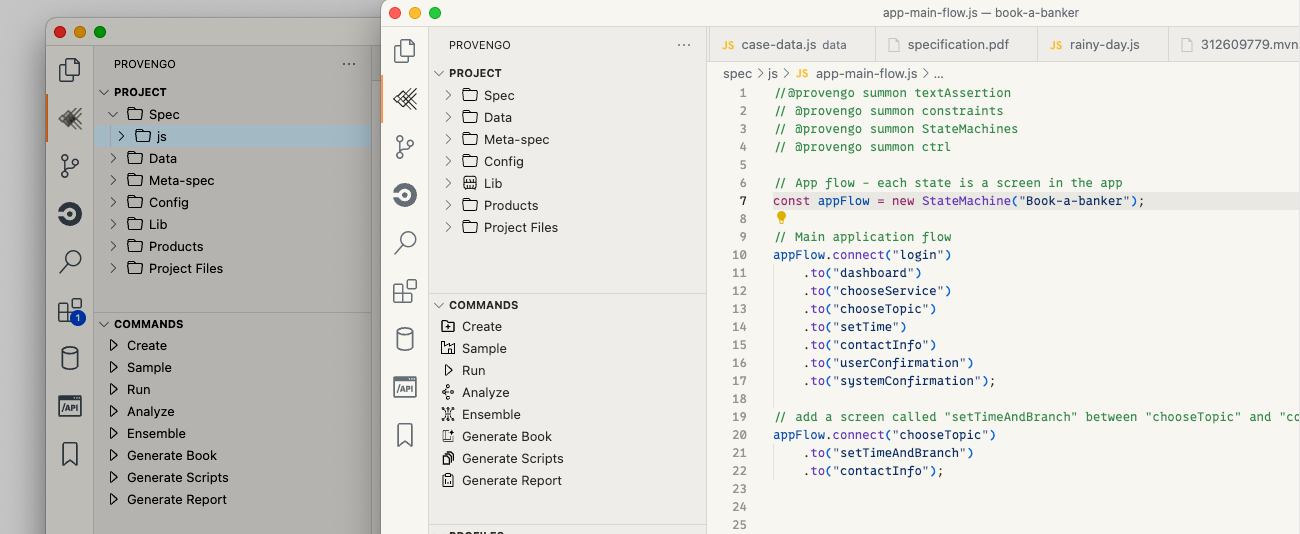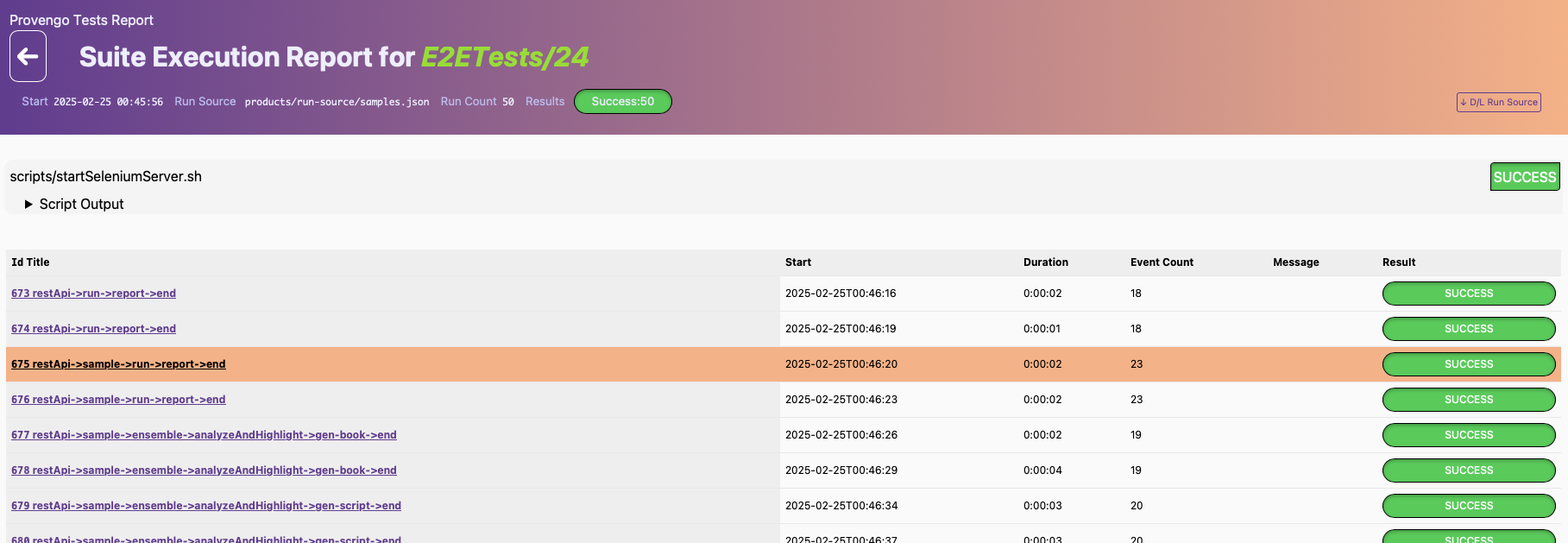Software development can feel like a complex puzzle, with numerous pieces that need to fit together just right. One crucial aspect of this process is testing, making sure that the software behaves as expected and meets all the necessary requirements. Traditional testing methods often involve a lot of manual work, which can be time-consuming, expensive, and prone to errors. However, there’s a solution that can streamline the testing process and bring a breath of fresh air to your software development efforts like we’re using at Provengo – Model-Based Testing (MBT).
So, what exactly is Model-Based Testing, and how can it simplify your software development journey? Let’s break it down in simpler terms.

What is Model-Based Testing?
Model-Based Testing is a smart approach to software testing that uses models to represent how your software should behave and function. These models act like blueprints, describing the various interactions and processes within your system. Instead of relying solely on human intuition and manual test case creation, MBT takes a more automated and systematic approach.
How Does MBT Work?
Here’s the beauty of it: once you’ve created these models, MBT does the heavy lifting for you. It can automatically:
- Generate visual representations of business processes and user journeys, helping ensure that your business, product, development, and QA teams are on the same page.
- Verify that your business processes align with relevant laws, regulations, and other constraints.
- Create functional, end-to-end, and regression test cases that can be executed against your actual software to check if it behaves as expected.
Benefits of Model-Based Testing
Now, let’s dive into the benefits of incorporating MBT into your software development process:
1. Better Test Coverage
With MBT, you get a more comprehensive view of your software’s behavior. Models can represent complex interactions between different parts of your system, helping you identify scenarios that might be challenging to test using traditional manual methods.
2. Faster Testing
Automation is the name of the game with MBT. By automating the generation of test cases, you can save a significant amount of time compared to manual testing. This can speed up your software’s time to market, allowing you to release new versions more quickly.
3. Reduced Costs
Manual testing can be costly, both in terms of time and resources. MBT helps cut down on these expenses by reducing the need for extensive manual testing. You’ll save money in the long run while maintaining a high level of quality.
4. Improved Reliability
Early detection of defects is essential for efficient software development. MBT can spot issues in the early stages of development, making them easier and cheaper to fix. This results in a more reliable end product.
5. Increased Collaboration
Collaboration between developers, testers, and other stakeholders is vital for a successful software project. MBT provides a common language in the form of models, making it easier for everyone to discuss and understand the software’s behavior, requirements, and functionality.
In a nutshell, Model-Based Testing simplifies software development by making testing more efficient, cost-effective, and reliable. It encourages collaboration among your teams and ensures that your software meets the necessary requirements. So, if you’re looking to streamline your development process and produce higher-quality software, get Provengo Free by clicking here and test it fr yourself!. It might just be the missing piece of your software development puzzle.
__
>> To continue the discussion, join our Discord Community- HERE




